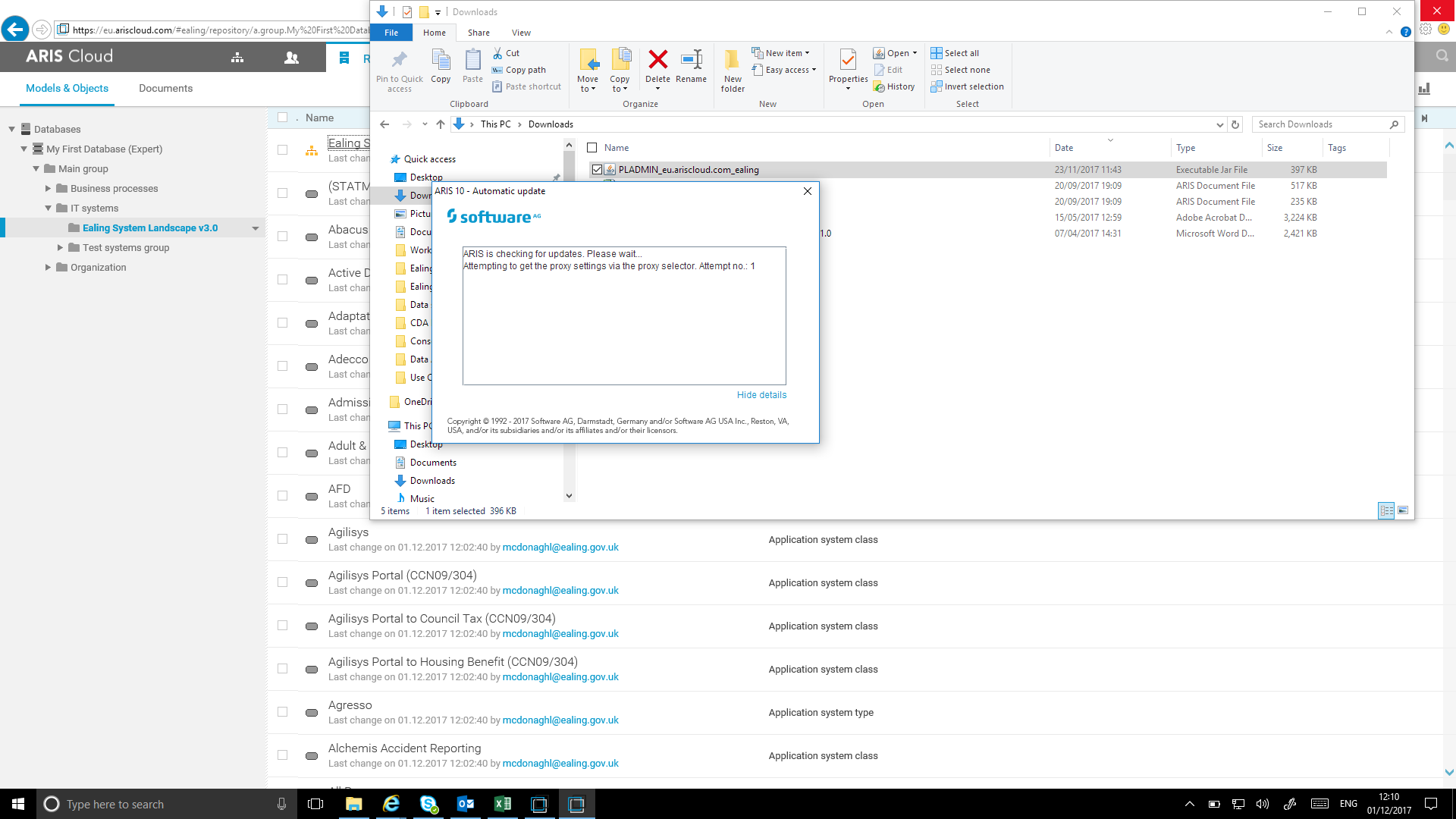Jar File
As an intern, I use company code in my projects and they usually send me a jar file to work with. I add it to the build path in Eclipse and usually all is fine and dandy. However, I got curious to know, what each class contained and when I try to open one of the classes in the jar file, it tells me that I need a source file. What does this mean?

I come from a C/C++ background so is a jar similar to an already compiled.o file and all I can see is the.h stuff? Or is there actual code in the jar file that I'm using that's encrypted so I can't read it? Thanks for all the answers! Edit: Thanks, guys, I knew it was a sort of like an archive but I was confused to why when I tried to open the.class files, I got a bunch of random characters. The output was similar when I tried to open a.o file in C so I just wanted to make sure.
However, I got curious to what each class contained and when I try to open one of the classes in the jar file, it tells me that I need a source file. A jar file is basically a zip file containing.class files and potentially other resources (and metadata about the jar itself). It's hard to compare C to Java really, as Java byte code maintains a lot more metadata than most binary formats - but the class file is compiled code instead of source code. If you either open the jar file with a zip utility or run jar xf foo.jar you can extract the files from it, and have a look at them. Note that you don't need a jar file to run Java code - classloaders can load class data directly from the file system, or from URLs, as well as from jar files. JAR stands for Java ARchive. It's a file format based on the popular ZIP file format and is used for aggregating many files into one.
A JAR file (Java Archive) is a collection of Java code, a manifest file and other resources that together create a Java library, applet or JRE executable JAR file.
Although JAR can be used as a general archiving tool, the primary motivation for its development was so that Java applets and their requisite components (.class files, images and sounds) can be downloaded to a browser in a single HTTP transaction, rather than opening a new connection for each piece. This greatly improves the speed with which an applet can be loaded onto a web page and begin functioning.
JAR files are packaged with the ZIP file format, so you can use them for tasks such as lossless data compression, archiving, decompression, and archive unpacking. These tasks are among the most common uses of JAR files, and you can realize many JAR file benefits using only these basic features. Steps on how to open and run a jar file in Windows and other operating systems.
The JAR format also supports compression, which reduces the size of the file and improves download time still further. Additionally, individual entries in a JAR file may be digitally signed by the applet author to authenticate their origin. A.jar file contains compiled code (*.class files) and other data/resources related to that code. It enables you to bundle multiple files into a single archive file. It also contains metadata.
Manning F# Deep Dives .pdf-dk359 Programs. Since it is a zip file it is capable of compressing the data that you put into it. Couple of things i found useful. The book OSGi in practice defines JAR files as, 'JARs are archive files based on the ZIP file format, allowing many files to be aggregated into a single file. Typically the files contained in the archive are a mixture of compiled Java class files and resource files such as images and documents.
Additionally the specification defines a standard location within a JAR archive for metadata — the META-INF folder — and several standard file names and formats within that directly, most important of which is the MANIFEST.MF file.' Jar( Java Archive) contains group of.class files. 1.To create Jar File (Zip File) if one.class (say, Demo.class) then use command jar -cvf NameOfJarFile.jar Demo.class (usually it’s not feasible for only one.class file) if more than one.class (say, Demo.class, DemoOne.class) then use command jar -cvf NameOfJarFile.jar Demo.class DemoOne.class if all.class is to be group (say, Demo.class, DemoOne.class etc) then use command jar -cvf NameOfJarFile.jar *.class 2.To extract Jar File (Unzip File) jar -xvf NameOfJarFile.jar 3.To display table of content jar -tvf NameOfJarFile.jar.